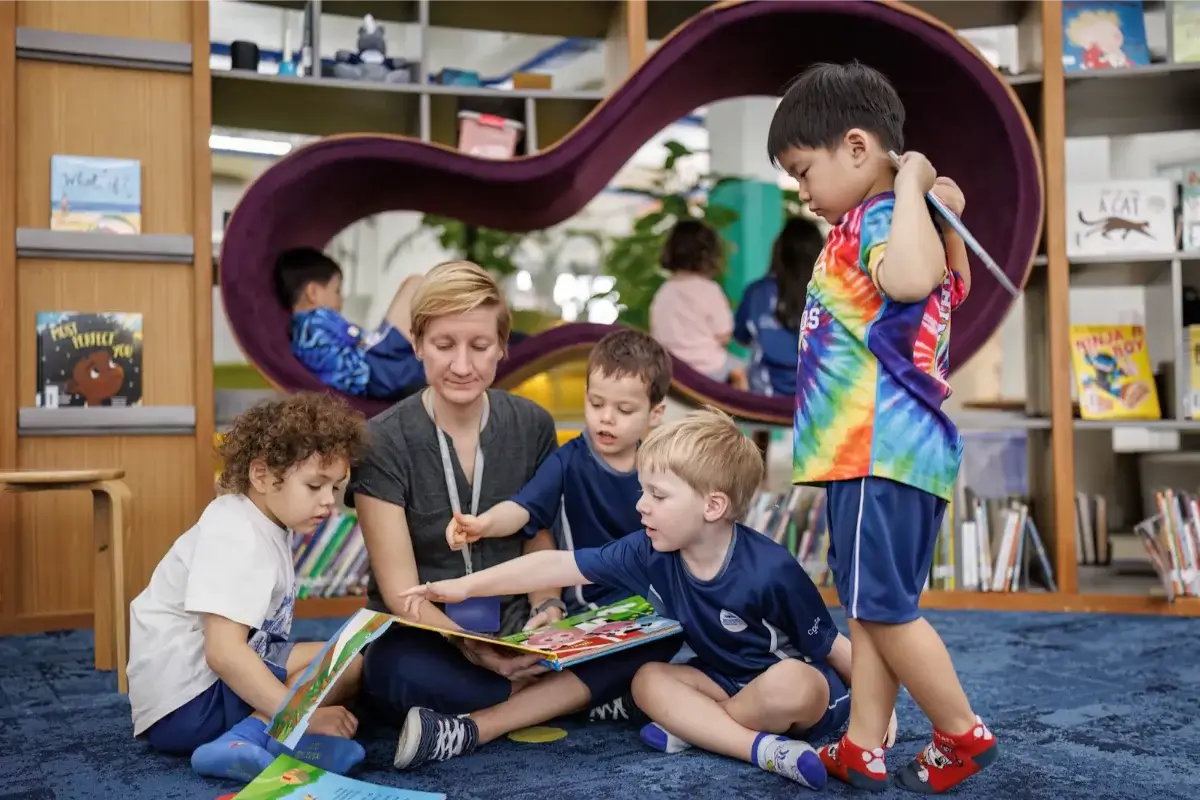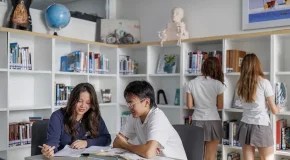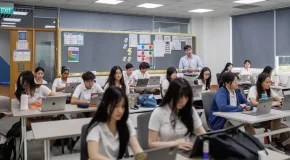7 Practical Ways to Give Students More Voice and Choice in Learning
Student voice and choice are essential to meaningful learning. When students express their opinions, ask questions, and make choices, they take an active role in their learning instead of simply receiving information. This approach builds confidence, strengthens independence, and encourages students to take ownership of their academic journey.
International School Ho Chi Minh City (ISHCMC) applies this philosophy at every stage of learning. As the first International Baccalaureate (IB) World School in Ho Chi Minh City, ISHCMC empowers students to shape their future through inquiry-based learning and flexible academic pathways that make them feel seen, heard, and valued.
Here are seven ways schools can give students more voice and choice, with ISHCMC as a practical example of how this approach is working in real classrooms.
1. Begin Learning with Student-Led Inquiry
Empowering students starts with inquiry. Rather than beginning lessons with content delivery, effective educators design learning experiences around questions that matter to students. This allows students to approach subjects with curiosity and explore topics that are relevant to their interests.
ISHCMC’s Primary Years Programme (PYP) builds this from the earliest years. Students co-create questions with their teachers that form the foundation of each unit. This encourages young learners to think independently and explore real-world problems in a structured way. They learn to research, evaluate sources, and form their own understanding. Inquiry-based learning develops critical thinking skills and motivates students to take their learning further.
Inquiry-based learning at ISHCMC follows the principles of UDL and starts with Engagement, which helps students understand their purpose for learning. Teachers motivate students to get involved, offering multiple ways to connect to the material. Whether through class discussions, group tasks, or personal explorations, students are active participants from the start.
2. Provide Choice in the Learning Process
True academic choice involves more than picking a topic. Students should have opportunities to choose how they engage with content, how they work with others, and how they demonstrate what they have learned.
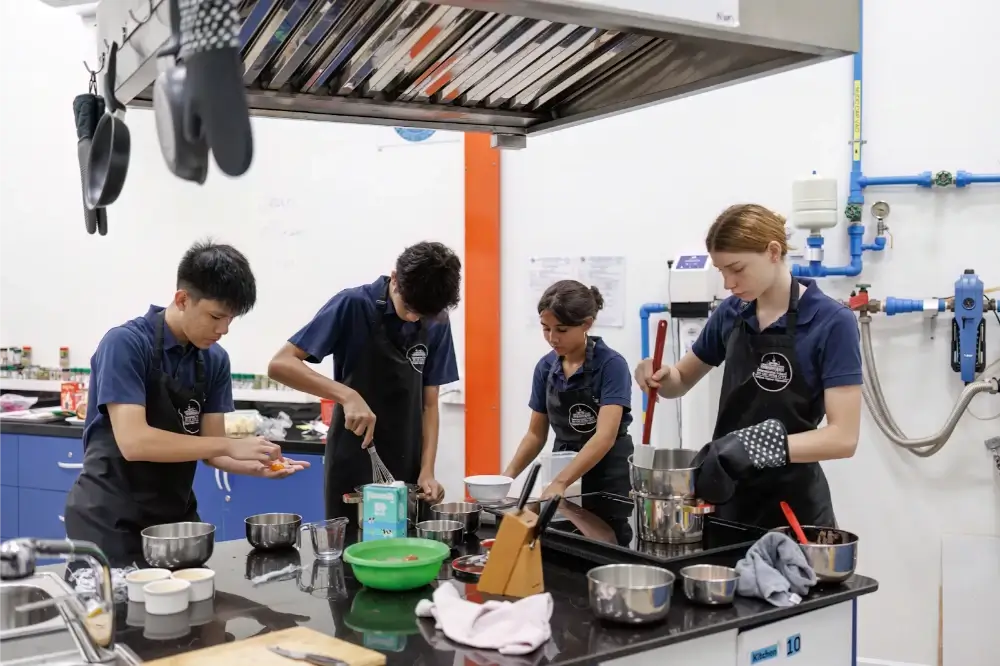
Every ISHCMC programme actively integrates this approach. In the Middle Years Programme (MYP), students explore interdisciplinary projects that allow for flexible thinking and varied learning styles. In the Diploma Programme , students choose between multiple academic pathways. They can pursue the Full IB Diploma, a combination of IB Courses and the ISHCMC High School Diploma, or a modified diploma based on personal goals.
Students can present their knowledge in different formats such as oral presentations, video reports, essays, or creative projects. This academic flexibility empowers students to build on their strengths and grow essential life skills.
3. Use Real-World Projects to Strengthen Engagement
Students learn more effectively when their work has purpose beyond the classroom. Real-world projects provide the opportunity to solve problems that affect their communities or reflect personal interests. This builds deeper motivation and fosters a sense of agency.
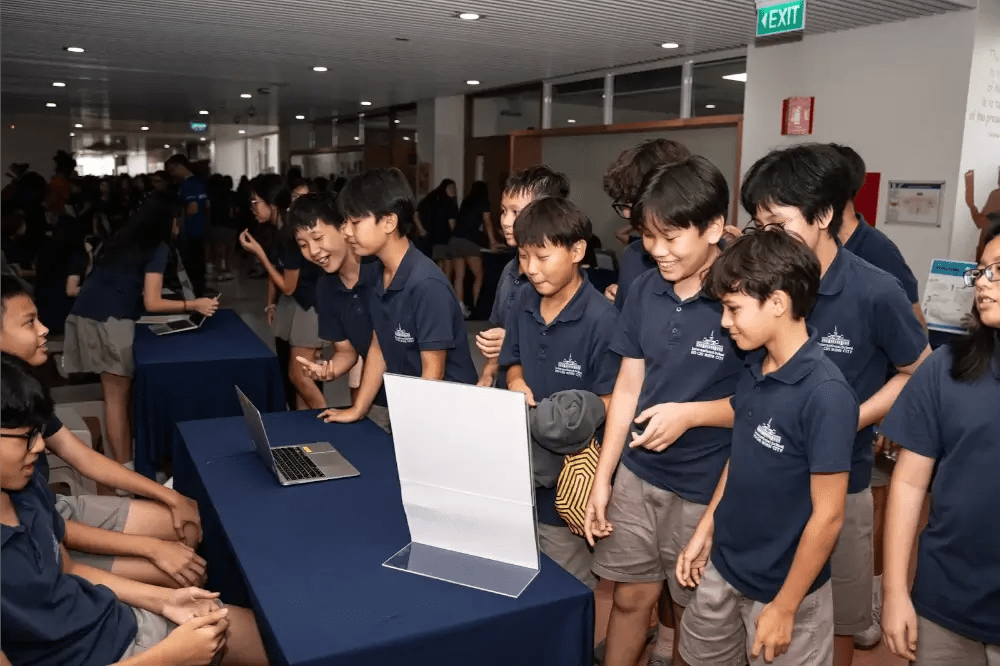
Project-based learning is an essential component at ISHCMC. Students in the MYP complete the Community Project, where they select a topic and create a plan that addresses a need. In the DP, students carry out the Extended Essay, a 4,000-word independent research project. These initiatives are fully student-led, with teachers acting as mentors. Students are responsible for timelines, quality of work, and decision-making.
Students take the lead in planning, research, and reflection. These are valuable skills that prepare them for life beyond school. These projects also demonstrate Representation, which refers to the “what” of learning in UDL. Students access content in multiple ways, such as visual charts, videos, written instructions, and teacher guidance, so every learner can connect with the material.
4. Encourage Reflection and Self-Assessment
Creating student agency requires more than offering choice, as it involves guiding students to pause, reflect, and assess their growth. Reflection sharpens their awareness of how they learn, what strategies work best, and where to go next.
At ISHCMC, we embed this habit through the Approaches to Learning (ATL) framework found in all IB programmes. Students regularly evaluate their progress, organize their workload, and set actionable goals. Teachers facilitate this process, helping students understand not just what they’ve learned but how they’ve evolved as learners.
As students become more reflective, they take greater ownership of their journey. They start viewing learning as a continuous path of improvement rather than a checklist of assignments. The Student Support Services team plays an important role here, providing tools and guidance for self-regulation. Through collaboration with counselors, occupational therapists, and learning support teachers, students learn to monitor their own learning and well-being.
5. Guide Student Choice with a Clear Structure
Choice becomes meaningful when it rests on a solid foundation. Without structure, students may feel overwhelmed or uncertain about how to proceed. Schools that succeed in promoting agency do so by creating clear boundaries that support informed decision-making.
We introduce this mindset early at ISHCMC. In primary school, teachers use task menus, structured prompts, and rubrics to present options within a clear framework. As students progress, we expand those choices, allowing them to shape their learning outcomes while offering mentorship along the way.
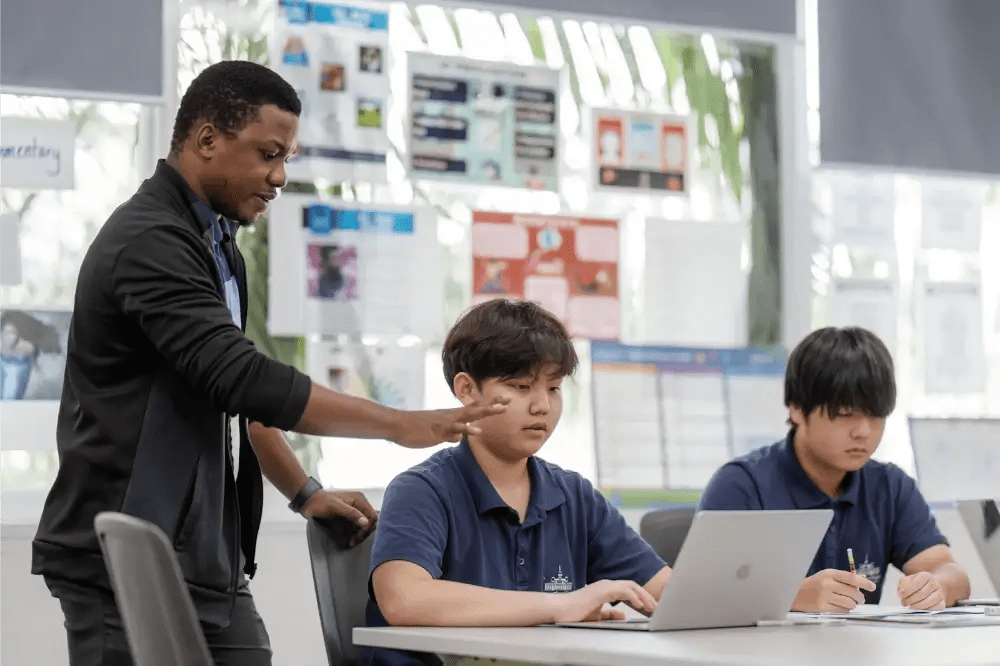
This gradual release builds confidence. Students learn how to evaluate options, manage expectations, and follow through with skills that prepare them for university and life after graduation.
6. Design Classrooms That Support Independent Learning
The design of a learning space can elevate how students engage. When classrooms reflect openness, flexibility, and purpose, students feel empowered to take initiative and collaborate more freely.
Our campus design at ISHCMC reinforces this philosophy. In the primary years, open classrooms allow teaching teams to fluidly group students, encourage movement, and foster peer interaction. In secondary school, specialized studios for science, design, and performance mirror the environments students will encounter in real-life settings.
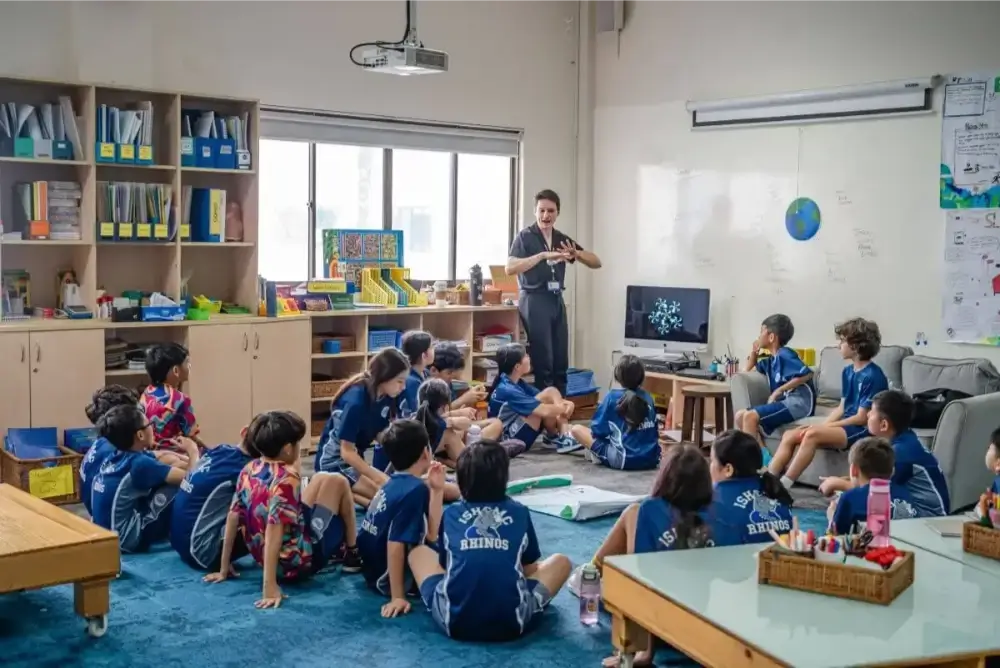
These spaces offer more than a backdrop by actively shaping the way students build habits and engage with their learning environment. Students step into roles where they lead discussions, problem-solve together, and take responsibility for how they use their environment to support their learning.
7. Empower Students Through Leadership and Enrichment
Student voices must be visible outside the classroom as well. Leadership roles, community service, and extracurricular activities are powerful ways to help students develop confidence and direction.
ISHCMC offers a wide range of enrichment opportunities that allow students to lead, design, and contribute. These include student councils, service learning projects, the Creativity, Activity, Service (CAS) programme in the DP, and After School Activities (ASA) across arts, sports, technology, and academics.
Students take initiative, organize events, mentor peers, and represent their school in local and international forums. This helps them understand their capacity to influence and builds the leadership and communication skills essential for success beyond school.
How ISHCMC Prepares Students to Take Ownership of Their Learning
Students grow into confident learners when they understand how to think independently, reflect on their progress, and make informed choices. Schools that provide space for inquiry and decision-making build habits that carry into higher education and life beyond the classroom.
At the International School Ho Chi Minh City, student voice and choice are embedded throughout the entire learning experience. Students explore their interests through inquiry-based teaching, shape projects that address real-world issues, and reflect regularly through Approaches to Learning strategies. Teachers offer structure, support, and flexibility to help students take meaningful control of their learning.
By the time students reach the Diploma Programme, they already know how to manage their time, lead initiatives, and apply what they’ve learned with confidence. ISHCMC prepares them not just for exams, but for life as curious, capable contributors to their communities.
Families who want a school that encourages agency and builds independence choose ISHCMC. Apply now to help your child take the lead in their learning.

